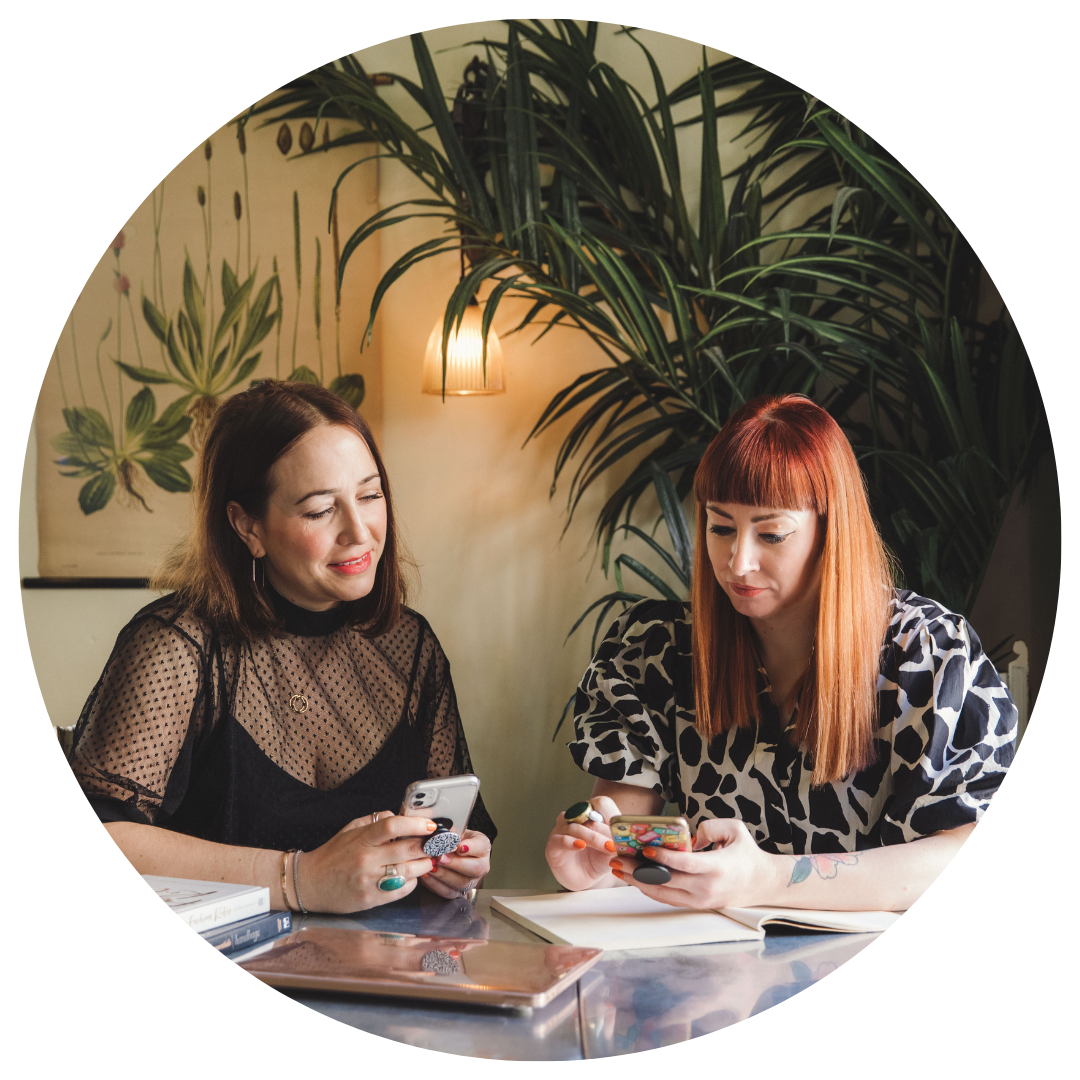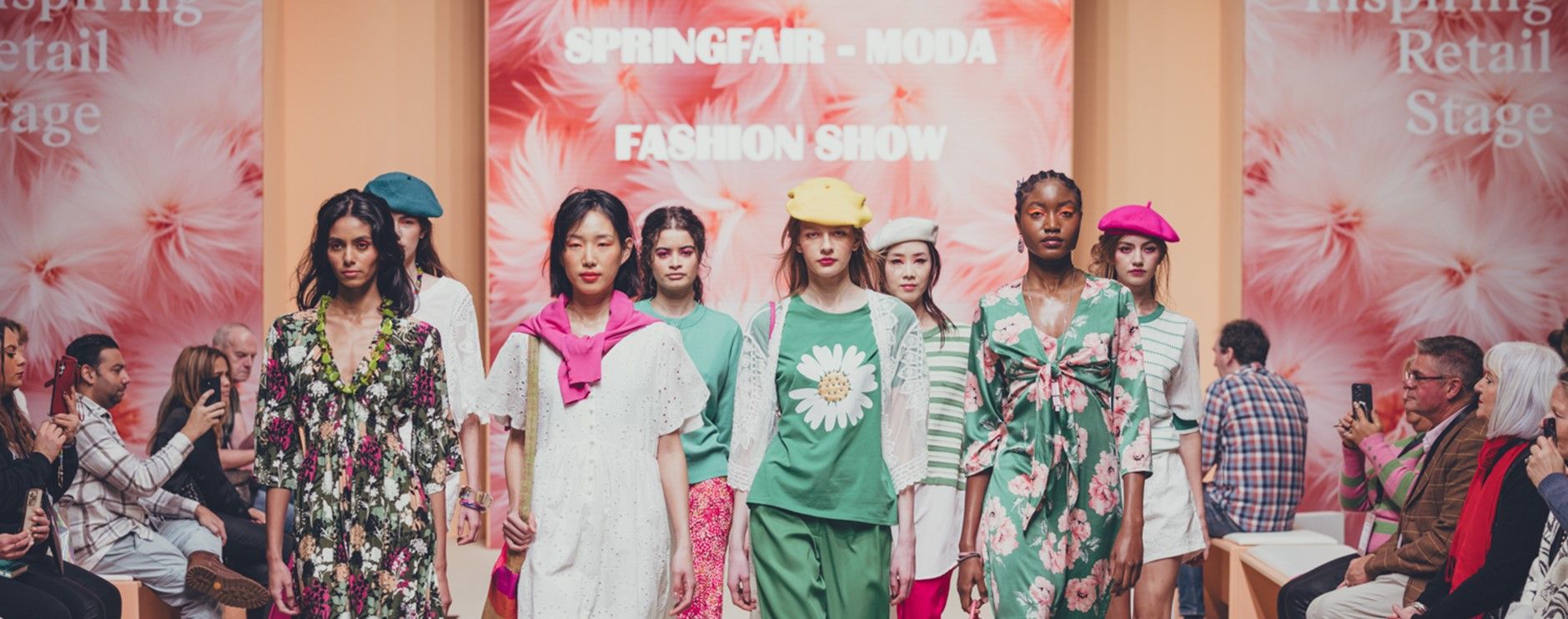The fashion beginner’s guide to Pinterest
)
For any fashion business, it’s understandable that turning to Instagram for digital marketing is the number one priority. After all, it’s where we’ve seen many of the world’s top fashion houses flourish over the years, and who wouldn’t like a piece of that action?
In the face of this though, it’s often common for other platforms to be given a secondary focus in the case of brands’ overall social media strategies.
With the digital and social media landscape evolving, and consumer habits ever-changing, it’s becoming more and more important for brands to expand their marketing efforts across more of the key platforms. Putting all your eggs in the Instagram basket isn’t a sustainable plan for success in 2020 or beyond anymore.
That’s why Pinterest should be part of any fashion business’ game plan. The platform is growing fast, and provides massive opportunity for brands to reach a new and wider audience. As some brands are catching on to Pinterest’s importance, others are yet to understand what the unique and versatile platform can do to drive their business towards success. So, let us shed some light on this for you.
What is Pinterest?
Pinterest is a platform for discovery. It’s all about planning for the future and sparking creativity. People come to Pinterest to search, save and do. They don’t just browse feeds.This is exactly why Pinterest and fashion go hand in hand.
Still need more convincing? A Pinterest style report found the following in 2019:
- There are over 400 million active users searching for Pinterest inspiration every month.
- The platform drives 3.8x more sales than other social platforms.
- 87% of users have purchased a product or service because of Pinterest.
- Pinners spend 30% more on fashion than people not on Pinterest.
- 84% of female pinners say that personal style is important to them and 70% of them turn to Pinterest for style ideas at least once a week for 12-15 minutes at a time.
- 40% of Pinners have a household income of 100K+.
- Women say Pinterest helps them discover new style brands more than any other platform.
- They also say Pinterest is the platform that inspires them to spend more on style than any other.
(Pinterest style report 2019)
Along with these pretty powerful statistics, Pinterest is notoriously known for its superpower of driving tons of traffic to businesses websites. Used wisely, you can also use the platform to draw in new email subscribers and grow your Instagram following.
Using Pinterest, however, requires a different mindset to other platforms you may be more familiar with. Not having this mindset initially, and not fully understanding how and what Pinterest is used for, is the reason many brands give up on it usually. They don’t feel they get the instant results they may see through Instagram and Facebook for example, such as the followers, likes and comments.
On Pinterest, you’re really only looking for one key thing to happen: that your content is being clicked on, and you’re driving those people to your website. You don’t need even a single follower to have a hugely successful Pinterest account. In regards to what engagement you’re looking for here, you’ll only want your pins to be saved – as the more your content is saved, the more it will be shown in other pinners’ smart feeds.
Investing in Pinterest now will ensure you reap the benefits later. Pins have an average lifespan of 105 days, and the longer your content is on there, the harder it works for you.
How to nail your Pinterest strategy
Striking gold on this platform involves a few key elements. You can optimise your account by creating a strong, focused profile, using high quality, Pinterest-optimised images and actively using your all-important Pinterest keywords.If you’re new to Pinterest marketing but want to truly tap into its capabilities, then here’s where to start.
- Get yourself a business account. First things first, you’ll need to upgrade your account. It’s entirely free and ensures you unlock the platform’s full scope of tools and analytics available.
- Research your keywords. Before you even start to set up your account or content from there, you’ll need to do your keyword research. Pinterest is not social media in its truest sense. Instead, it's a visual discovery/search-based engine, meaning there’s a big difference in how you’ll treat this compared to your other platforms. Your SEO game will truly need to be on point to see success. Use Pinterest Trends to input words and phrases that relate to your brand, your products, your categories and so on. This will list a ton of keywords that are popular and trending on Pinterest, and these are the words you need to ensure you’re using on there.
- Set up your profile in your brand’s style. Use a consistent logo that aligns to your other platforms, and a profile description that includes your main keywords. Claim your website and Instagram account, and make it super easy for pinners to find you beyond the platform. This way, you pull across all the relevant information for your brand and it helps Pinterest to distribute your content effectively.
- Create your own Pinterest boards. Creating fun boards is often the best part of using Pinterest, and they easily separate out your content by placing pins into their categories. This makes it easier for your followers to view the type of content they’re looking for from you at any given time. You can also create boards based around the lifestyle and community you want your audience to aspire to. But, the most important thing is making them searchable by ensuring they have titles and descriptions containing relevant keywords. You want your boards to work hard for you from the moment they’re made. For every one piece of content you pin, it needs to ideally sit in at least 5 boards you’ve created. This may mean a slight overlap of boards, but used creatively this’ll ensure you maximise your Pinterest strategy.
- Pin your content. Pinterest wants fresh content, and this means you need to be pinning your new content regularly – daily, in fact. Aim for around 5-10 pins a day to keep your account active. Using a scheduler for this is key for saving time and increasing organisation, as for every one URL shared from your website you should be creating a minimum of 5 different versions of that content to pin. Perfect if you’re a brand with lots of product shots! Using images sized at 1000x15000 pixels as often as possible will help your content stand out in the feed, as this optimises them for the platform. As tempting as it is from a business perspective, repinning other people's content is not going to get you the results you desire. As mentioned before, this platform mainly drives website traffic so focus on your content and your content alone.
- Focus on your pin descriptions. Make sure the description and title on your pin explains the content you’re sharing, and gets the message across that you want your readers to take away. It never hurts to use language encouraging them to click through to your website either. Writing the perfect pin description can take time to understand, but remember including your keywords is the holy grail of Pinterest.
- Check your analytics. Each month, spend some time understanding what boards, pins and content your audience are responding to. Impressions are good but really you want to focus on what’s driving the saves and the clicks so you can make better informed decisions on how to take things to the next level. Google analytics is also key for determining exactly how much traffic Pinterest is driving for you, and should never be ignored in your self-auditing process.
Using tools such as Tailwind (a Pinterest scheduler) and Canva or Photoshop to create pin graphics will help you fall into a smooth set up and make for an easier transition over to the platform. Creating a consistent and easily deliverable strategy is always best practice for reaping the many benefits pinning can provide.
Implementing your killer Pinterest strategy now offers the best long-term, sustainable benefits for your fashion business of all the social channels. Harnessing the power of pins is an important, irreplaceable skill that’ll provide you with the foolproof ROI you need to keep moving forward – and allow you to make these moves with the confidence that you, and your brand, are truly killing it.
About the author
 With a combined 30 years experience in the fashion and retail industry. After working with the likes of Topshop, Whistles, Coggles and House of Fraser, Verity and Kate from Style Up Social Academy understand all the problems and pitfalls fashion businesses face like no one else. Verity and Kate are fashion strategic social media specialists. Here to equip fashion businesses with the digital skills they need to take control of their brand’s online presence and propel its profits. Together they empower fashion brands to harness the power of social media, paid ad campaigns, Pinterest and content creation, so they get the results they deserve.
With a combined 30 years experience in the fashion and retail industry. After working with the likes of Topshop, Whistles, Coggles and House of Fraser, Verity and Kate from Style Up Social Academy understand all the problems and pitfalls fashion businesses face like no one else. Verity and Kate are fashion strategic social media specialists. Here to equip fashion businesses with the digital skills they need to take control of their brand’s online presence and propel its profits. Together they empower fashion brands to harness the power of social media, paid ad campaigns, Pinterest and content creation, so they get the results they deserve.
Find out more about them here:


